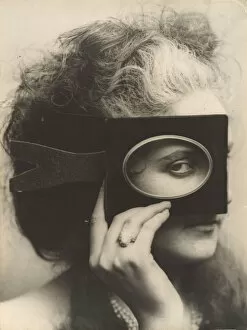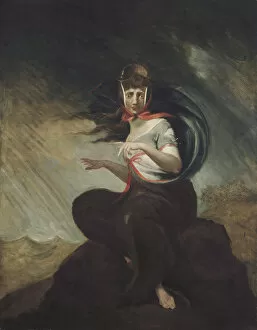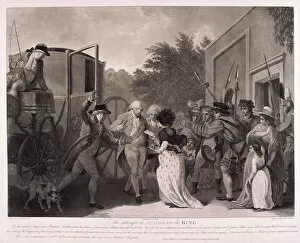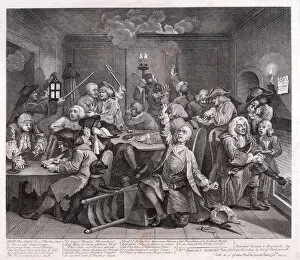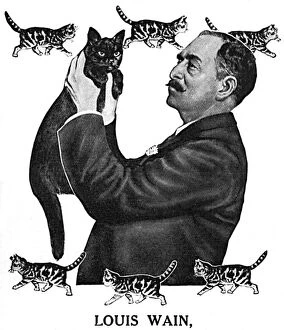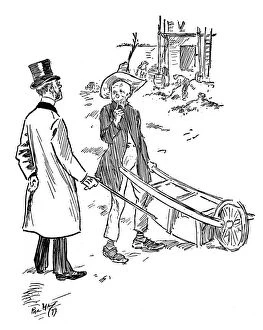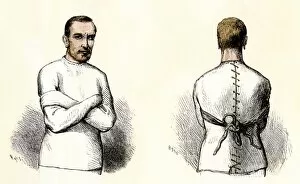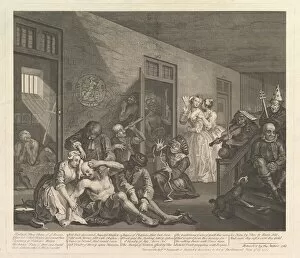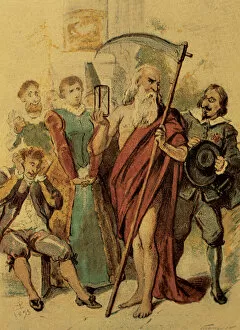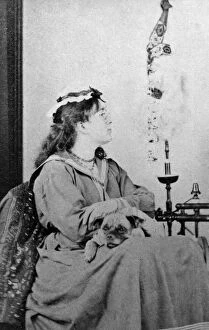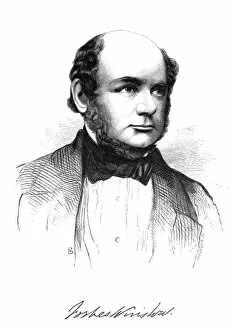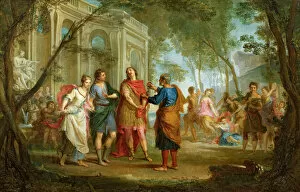Insanity Collection (page 5)
"Exploring the Depths of Insanity: A Journey Through Art and History" Step into the enigmatic world of insanity
All Professionally Made to Order for Quick Shipping
"Exploring the Depths of Insanity: A Journey Through Art and History" Step into the enigmatic world of insanity, where art and history intertwine to depict the complexities of the human mind. From Hieronymus Bosch's mesmerizing "The Garden of Earthly Delights" to Louis Wain's whimsical "Possession is nine points of the law, " each artwork offers a unique glimpse into this intriguing realm. In Charcot's haunting portrayal of an asylum patient, we witness the struggle between sanity and madness, as emotions run wild within confining walls. Pinel's revolutionary act in releasing mental patients from shackles in 18th-century France signifies a turning point towards compassion and understanding. As we enter a court room scene during Mr M Naughten trial, questions arise about society's perception and treatment of those deemed insane. William Hogarth's vivid depictions further explore this theme with his infamous works such as "Gin Lane" and "The Rakes Progress - In Bedlam. " These cautionary tales serve as reminders that no one is immune to the clutches of insanity. Drawing inspiration from Virginia Poe's haunting words, we delve deeper into the labyrinthine corridors of Bethlem Hospital in 1926 or Hanwell Asylum in 1843. These institutions become both sanctuaries for troubled souls and symbols of societal neglect. Through these artistic expressions spanning centuries, we are reminded that insanity is not merely confined to individuals but can also be reflective of broader social issues. It challenges us to question our own perceptions while urging empathy towards those grappling with their inner demons. In this captivating journey through time, let us unravel the mysteries surrounding insanity – an ever-present enigma that continues to intrigue artists, historians, and humanity itself.

